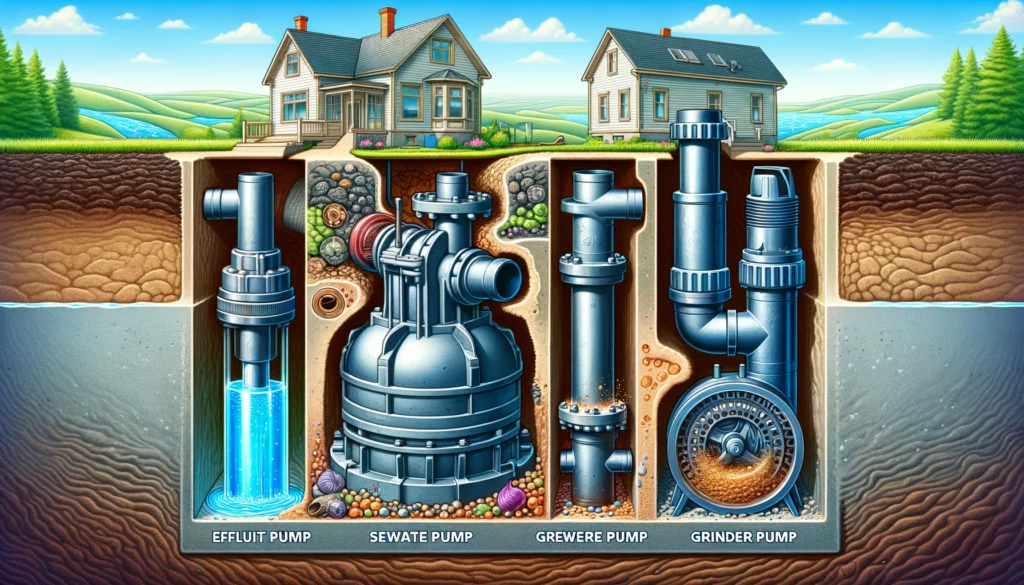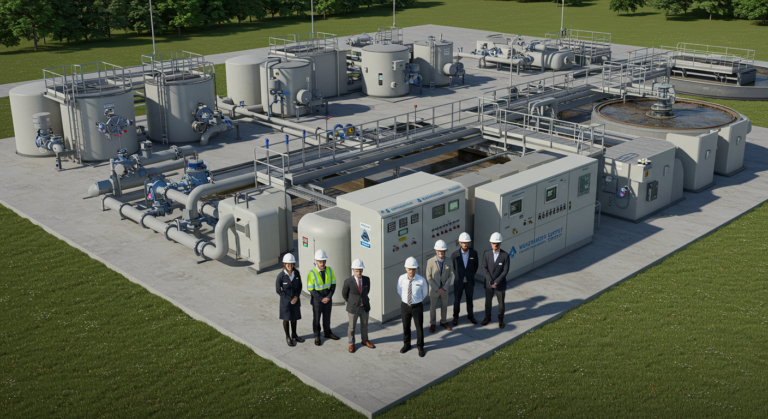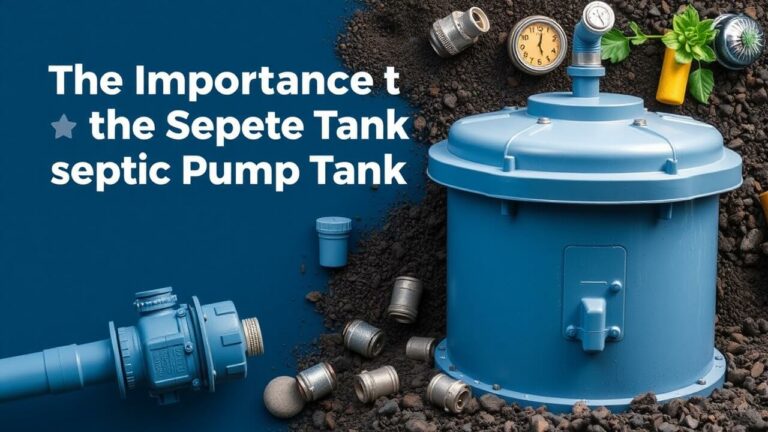Explore the Different Types of Septic Pump
Different Types of Septic Pump
Septic systems play a critical role in managing wastewater for homes not connected to a municipal sewer line. At the heart of many of these systems is the septic pump. Whether you’re building a new home in a rural area or maintaining an existing system, understanding the different types of septic pumps available can make a world of difference. In this blog post, we’ll dive deep into the world of septic pumps, discussing the various types, their uses, and tips for maintaining them.
The Role of Septic Pumps
Before we explore the different types of septic pumps, it’s essential to understand their role. A septic pump is designed to move wastewater from the home into the septic tank and, in some cases, from the tank to the drain field. Pumps are particularly crucial in situations where gravity alone isn’t sufficient to move the wastewater, such as in homes located downhill from their septic tanks or in systems with elevated drain fields.
Types of Septic Pumps
Septic pumps can be broadly categorized into three main types: effluent pumps, sewage pumps, and grinder pumps. Each type serves a specific purpose and is suited to particular conditions.
1. Effluent Pumps
Effluent pumps are designed to move clarified effluent, the liquid portion of wastewater that remains after solids have settled in the septic tank, to the drain field or secondary treatment systems. These pumps are typically used in conventional septic systems where the effluent needs to be lifted to a higher elevation for proper distribution.
Key Features:
- Capacity: Effluent pumps are designed to handle relatively clear liquid with minimal solids.
- Durability: They are built to operate continuously, often submersed in the effluent.
- Application: Ideal for use in systems where the effluent needs to be moved to a higher elevation or where the drain field is located far from the septic tank.
2. Sewage Pumps
Sewage pumps, also known as ejector pumps, are used to move raw sewage, including both liquids and solids, from the home to the septic tank. These pumps are typically installed in basements or lower levels of homes where the sewage needs to be lifted to a higher elevation for proper flow into the septic tank.
Key Features:
- Capacity: Sewage pumps can handle larger solids, usually up to 2 inches in diameter.
- Durability: These pumps are robust and capable of handling the harsh environment of raw sewage.
- Application: Suitable for homes with basements or lower-level bathrooms where the sewage needs to be pumped up to the septic tank.
3. Grinder Pumps
Grinder pumps are the heavy-duty workhorses of the septic pump world. They are used in situations where the sewage needs to be ground into a fine slurry before being pumped to the septic tank or municipal sewer system. These pumps are often necessary in homes with complex plumbing layouts or in areas with municipal sewage systems that require finely ground waste.
Key Features:
- Capacity: Grinder pumps can handle both liquids and solids, grinding the solids into a slurry.
- Durability: Built to withstand the demands of grinding and pumping waste.
- Application: Ideal for homes with complex plumbing systems or in areas where sewage needs to be finely ground before disposal.
Choosing the Right Septic Pump
Selecting the right septic pump depends on several factors, including the type of septic system, the elevation of the drain field, and the specific needs of your household. Here are a few tips to help you make the right choice:
- Understand Your System: Knowing the type of septic system you have is the first step in choosing the right pump. Conventional systems, alternative systems, and municipal systems all have different requirements.
- Consider the Elevation: If your drain field is at a higher elevation than your septic tank or if your home is located downhill from the tank, you’ll need a pump capable of handling the lift.
- Evaluate Capacity Needs: Consider the size of your household and the amount of wastewater generated. Larger families or homes with multiple bathrooms may require more robust pumping solutions.
- Consult a Professional: When in doubt, consult with a septic system professional. They can assess your system and recommend the best pump for your needs.

Maintaining Your Septic Pump
Once you’ve chosen and installed the right septic pump, regular maintenance is critical to ensuring its longevity and efficiency. Here are some maintenance tips:
- Regular Inspections: Have your septic system inspected regularly by a professional. They can identify potential issues before they become significant problems.
- Pump Out the Tank: Regularly pump out your septic tank to prevent solids from entering the pump and causing clogs or damage.
- Monitor for Signs of Trouble: Pay attention to signs that your pump may be malfunctioning, such as unusual noises, frequent cycling, or sewage backups.
- Keep Records: Maintain a record of inspections, pump-outs, and any repairs to track the health of your septic system.
Conclusion
Understanding the different types of septic pumps and their roles is crucial for maintaining an efficient and reliable septic system. Whether you need an effluent pump for a conventional system, a sewage pump for a basement bathroom, or a grinder pump for a complex plumbing layout, choosing the right pump and maintaining it can save you time, money, and headaches in the long run. If you’re unsure which pump is suitable for your system, don’t hesitate to consult a septic system professional. With the proper knowledge and tools, you can keep your septic system running smoothly for years to come.


